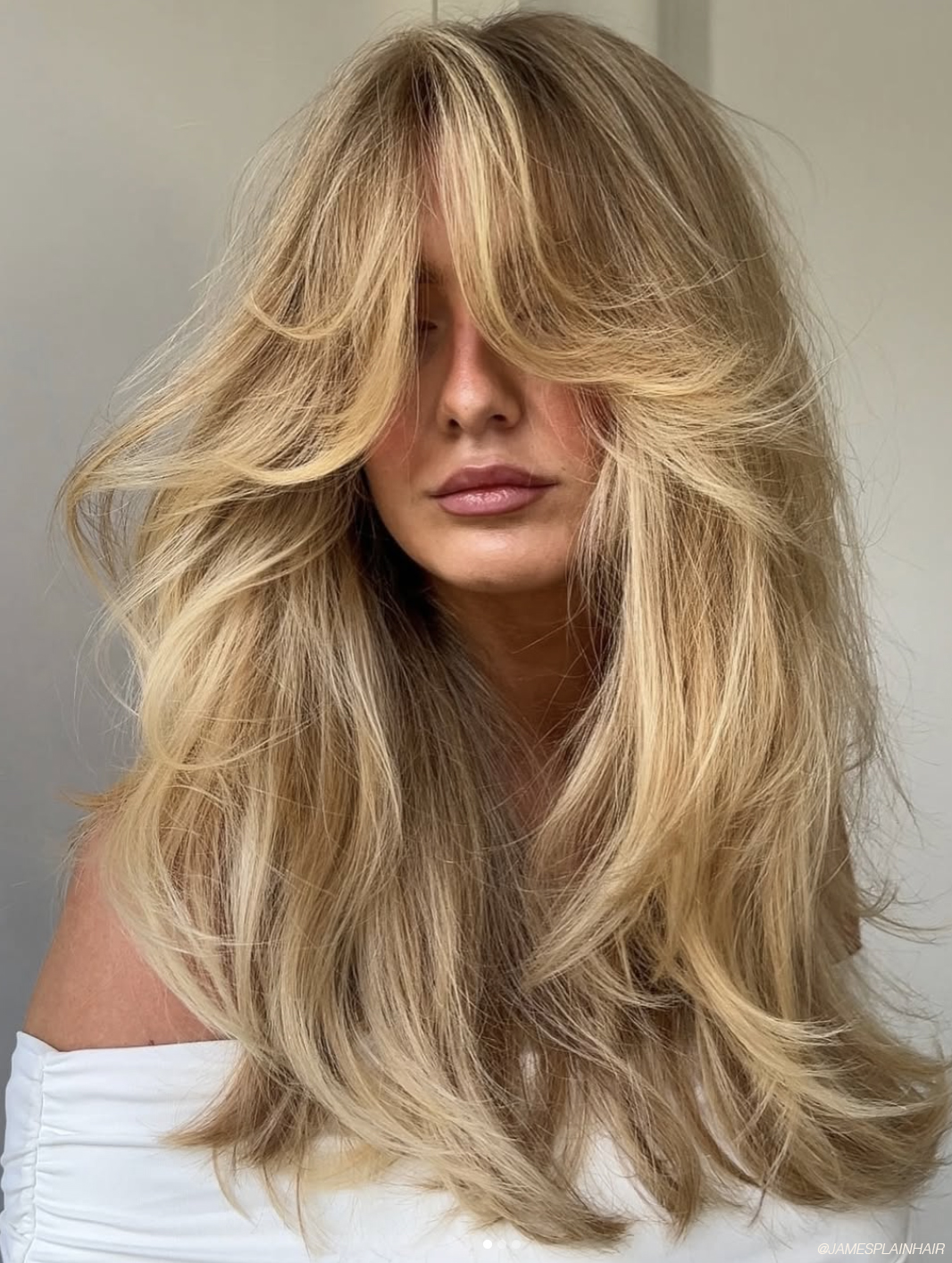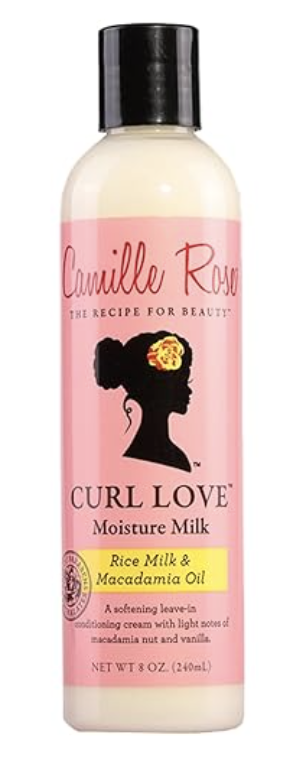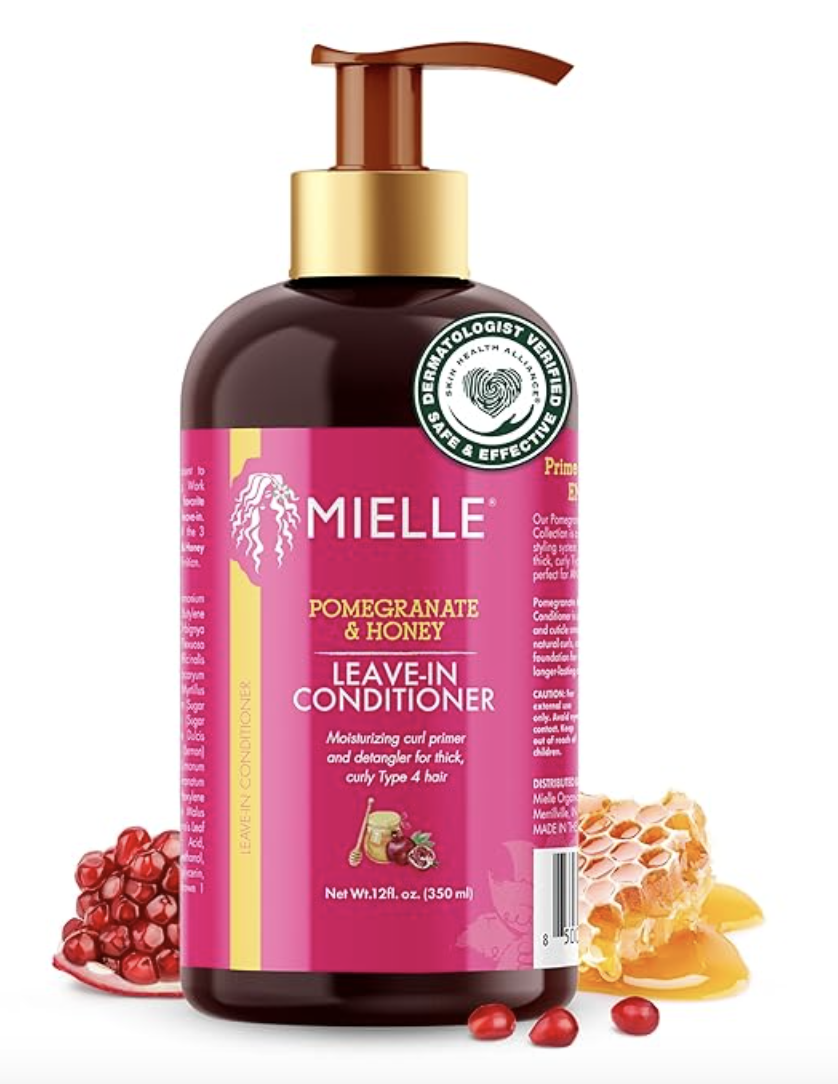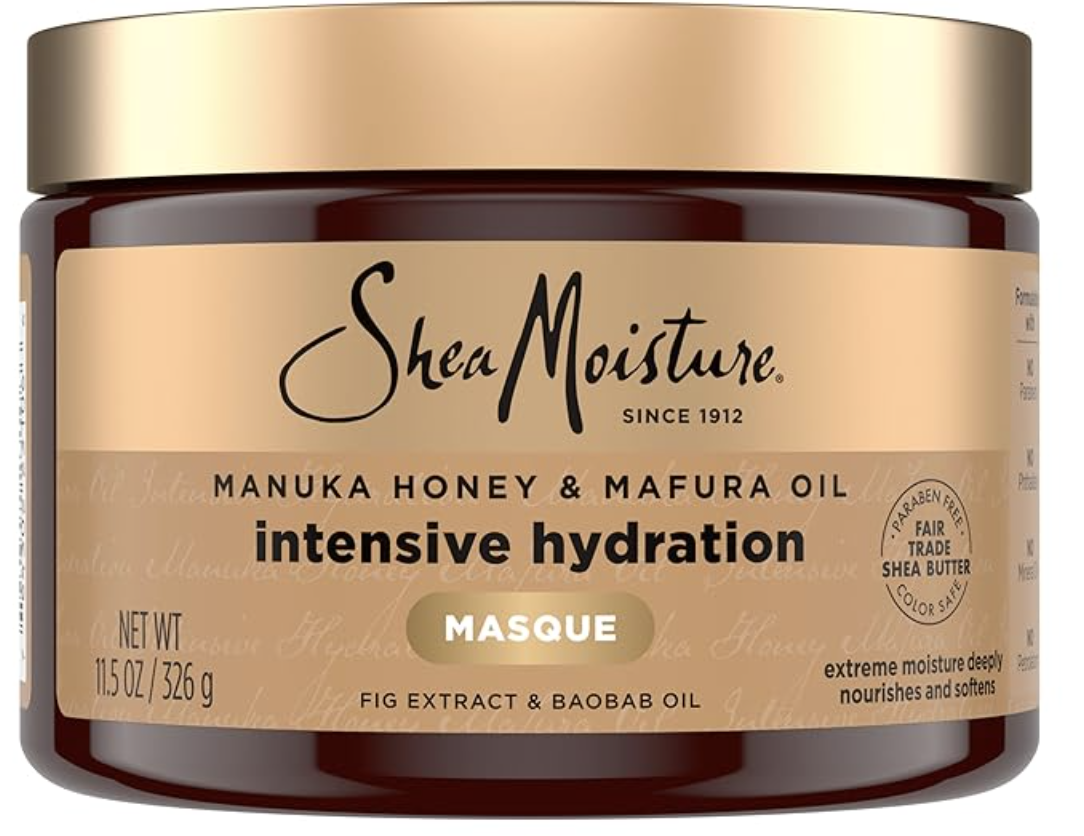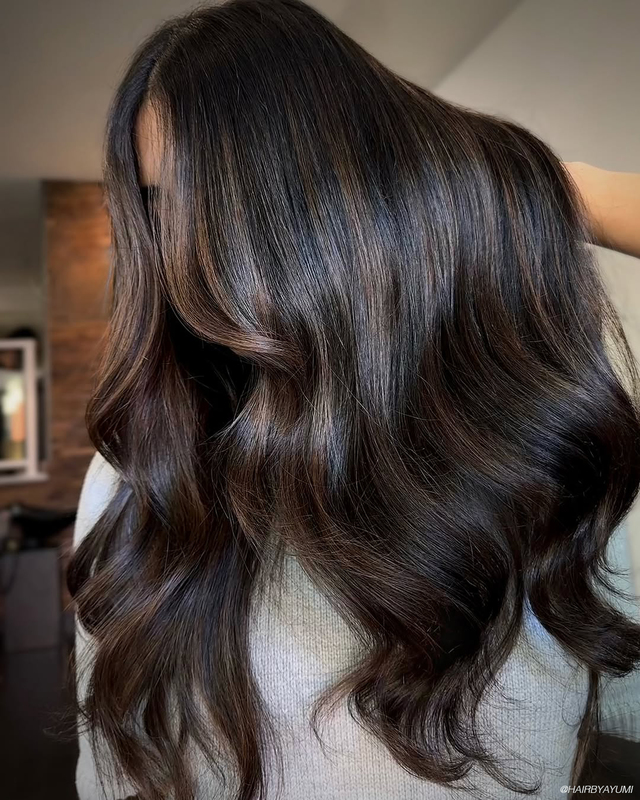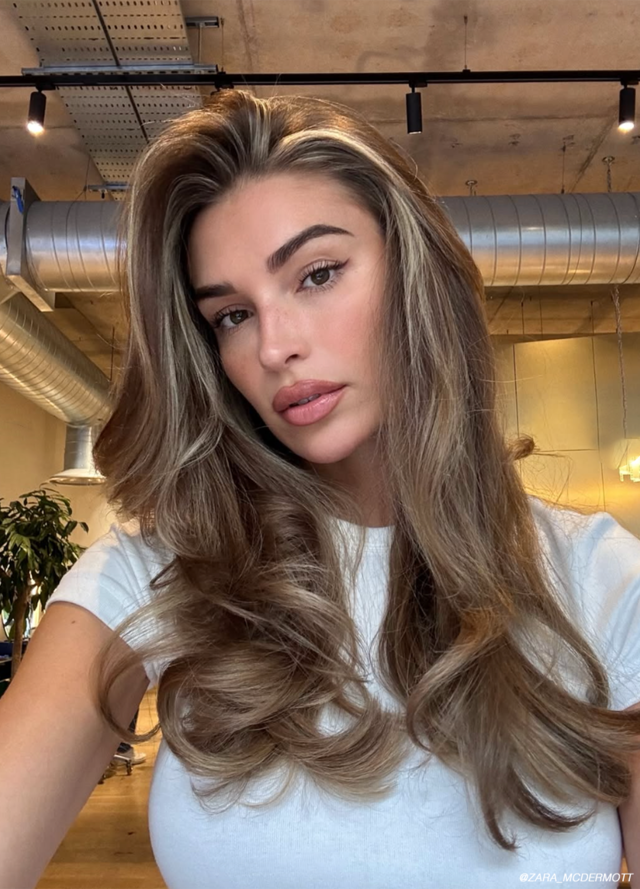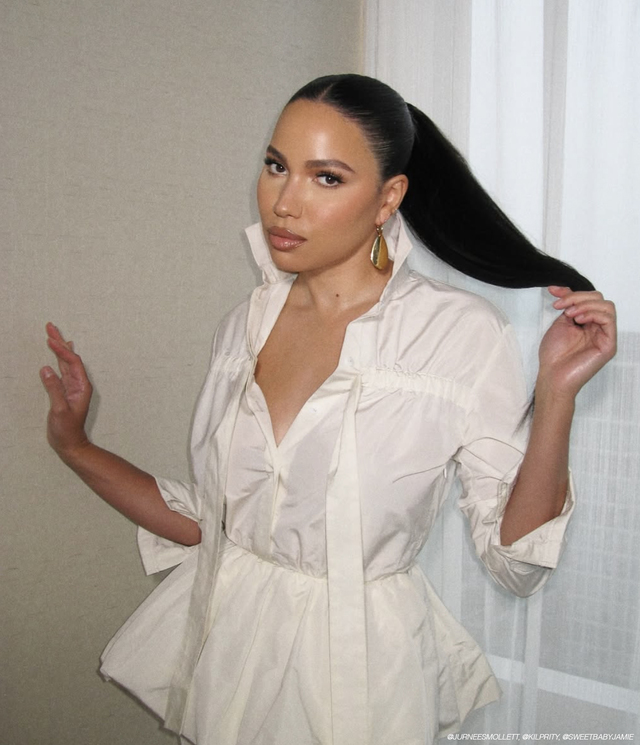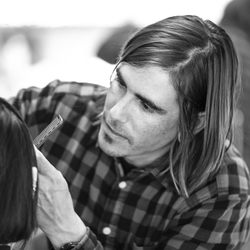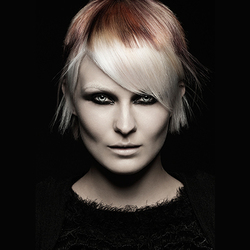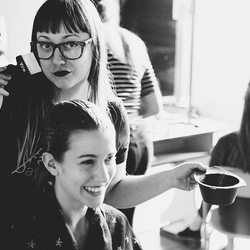Ever wonder why some products seem to melt into your friend’s hair but just sit on top of yours like an awkward guest? Or why your hair feels dry five minutes after you moisturize it? The answer might come down to something you’ve probably heard tossed around but never fully understood: hair porosity.
Don’t worry—we’re breaking it down without the fluff. Here’s everything you need to know about what hair porosity actually is, why it matters, and how to test yours at home.
What Is Hair Porosity?
Put simply, hair porosity refers to how well your hair can absorb and retain moisture. It’s all about the state of your hair’s cuticle—the outermost layer that opens and closes kind of like shingles on a roof.
There are three levels of porosity:
- Low porosity: Cuticles are tightly closed. Hard to get moisture in—but once it’s in, it sticks around.
- Medium (or normal) porosity: Cuticles are slightly open. Moisture goes in and stays put. Balanced, predictable, low drama.
- High porosity: Cuticles are wide open. Moisture gets in easily... but also escapes just as fast.
Each type has its own quirks—and knowing where you fall can save you from wasting money on products that just don’t agree with your hair.
Why Hair Porosity Actually Matters
Understanding your hair porosity is like getting the manual for your specific hair type. It helps you figure out:
- What products will work best
- How often you should moisturize
- Whether protein treatments are a good idea
- How your hair reacts to humidity, heat, and damage
It’s not just about hair texture (curly, straight, coily, wavy)—two people with the same curl pattern can have completely different porosity levels and therefore need totally different routines.
How to Test Your Hair Porosity at Home
Okay, so how do you actually find out your hair porosity? The good news: there are a few easy tests you can do with stuff you already have at home.
1. The Water Glass Test
This one’s the most popular, but not 100% foolproof. Still, it’s a solid starting point.
How to do it:
- Take a clean strand of dry, product-free hair (from your comb or brush is fine).
- Drop it into a glass of room temperature water.
- Wait 2–4 minutes and watch what happens.
Results:
- If it floats on top, you likely have low porosity hair.
- If it sinks slowly to the middle, you’ve probably got medium porosity.
- If it drops straight to the bottom, that’s a sign of high porosity.
2. The Spray Test
Fill a spray bottle with water and mist a section of dry hair.
Watch how your hair reacts:
- If the water beads up or just sits on top? Low porosity.
- If it absorbs easily without much drama? Medium porosity.
- If it soaks it up instantly but dries quickly? High porosity.
3. The Slip Test
Run your fingers slowly up a strand of hair (from end to root).
- If it feels super smooth, like glass: Low porosity.
- If it has a slightly bumpy texture: Medium to high porosity.
- If it feels very rough or uneven: High porosity, possibly from damage.
How to Care for Your Porosity Type
Once you know your porosity level, you can tailor your routine so much better.
Low Porosity Hair
- Use lightweight, water-based products.
- Try warm water or heat (like a steamer or warm towel) to help open the cuticle.
- Avoid heavy oils and butters—they tend to just sit there.
- Clarify occasionally to prevent buildup.
Product recommendation: Camille Rose Curl Love Moisture Milk
Why it works: This lightweight, leave-in moisturizer is packed with rice milk and macadamia oil. It’s nourishing without being heavy, which is exactly what low porosity hair needs—moisture that actually absorbs instead of just sitting on top. Bonus: it smells amazing.
Camille Rose Curl Love Moisture Milk
Medium Porosity Hair
- Congrats! Your hair is pretty chill.
- Focus on maintaining balance: hydration, protein, and protective styling.
- Don’t overdo the heat or chemical treatments—you want to keep that balance intact.
Product recommendation: Mielle Organics Pomegranate & Honey Leave-In Conditioner
Why it works: This one strikes a perfect balance between moisture and protein, which is ideal for medium porosity hair that needs maintenance more than repair. It leaves hair soft, defined, and easy to detangle, without weighing it down.
Mielle Organics Pomegranate & Honey Leave-In Conditioner
High Porosity Hair
- Your hair craves moisture, but it loses it fast.
- Use heavier creams, oils, and leave-ins to seal it all in.
- Protein treatments can help strengthen and fill in gaps in the cuticle.
- Avoid excessive heat and chemical processing—it can make things worse.
Product recommendation: SheaMoisture Raw Shea Butter Deep Moisturizing Masque
Why it works: High porosity hair loses moisture fast, so it needs rich, reparative products. This deep conditioning mask is loaded with shea butter, argan oil, and sea kelp to help strengthen and seal the hair cuticle, locking in hydration and improving elasticity over time.
SheaMoisture Raw Shea Butter Deep Moisturizing Masque
Some of the products featured here may contain affiliate links, meaning we may earn a small commission at no extra cost to you. All recommendations are based on personal use, stylist feedback, or product performance.
